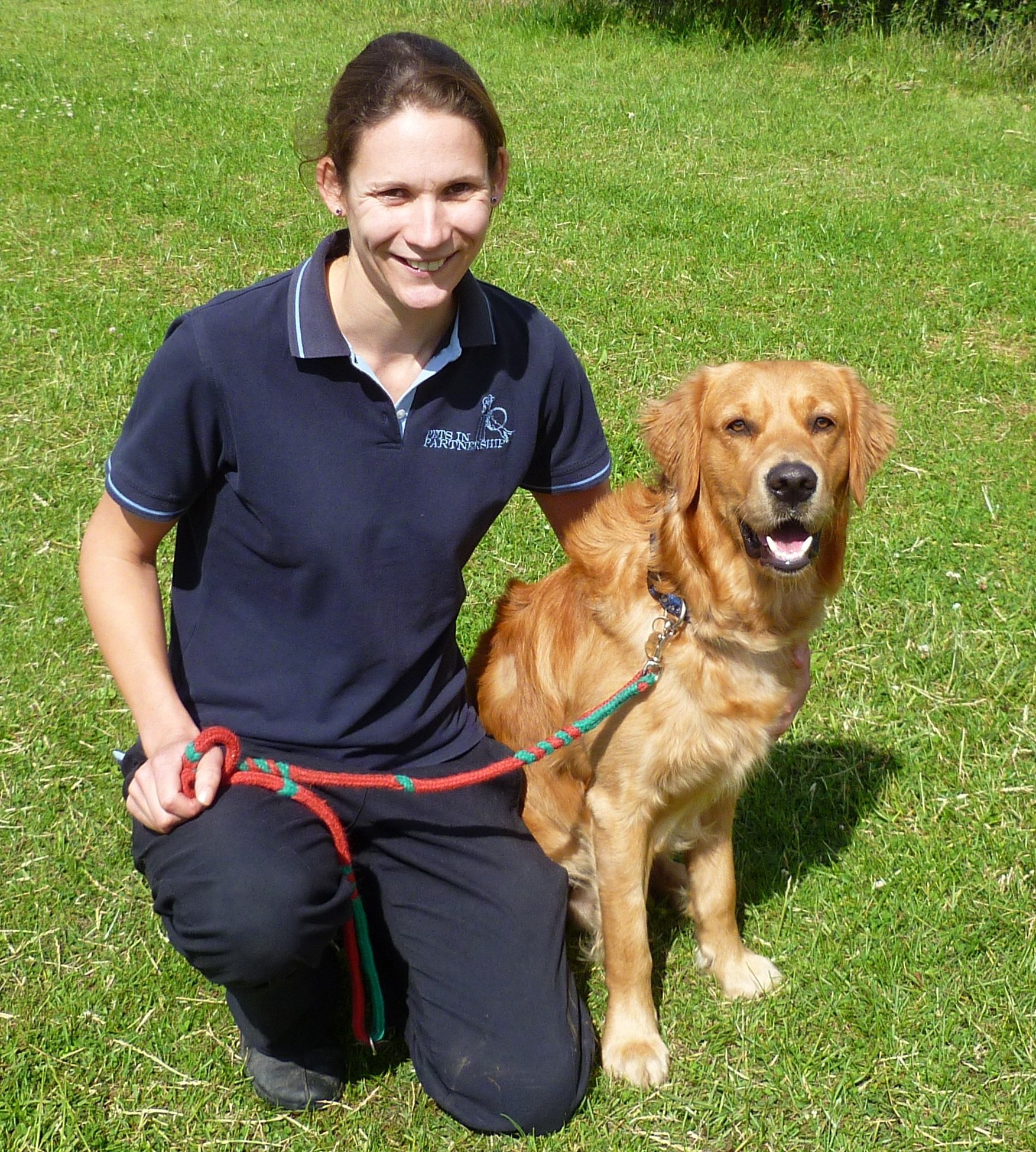Master Essential Commands: Efficient Canine Educating Made Easy
Efficient dog training is a basic element of responsible pet dog ownership, and mastering essential commands offers as the foundation for an unified connection in between handler and dog. Recognizing the nuances of canine actions and the training procedure is essential; nonetheless, the journey to a well-trained pet dog frequently offers unforeseen hurdles that require interest.
Understanding Your Dog's Behavior
To realize the nuances of reliable dog training, it is important to break down and assess your pet's habits. Dog training. Recognizing the motivations behind your pet dog's actions is critical; behaviors can come from impulse, concern, exhilaration, or a wish for focus. By observing your canine in different circumstances, you can identify patterns that may suggest underlying feelings or requirements
For example, a pet that barks excessively may be expressing dullness, stress and anxiety, or a need for social communication. Conversely, a pet dog that exhibits devastating behaviors could be looking for excitement or remedy for tension. Acknowledging these triggers permits you to tailor your training method efficiently.
In addition, it is vital to think about the pet dog's type features, as they can influence behavior significantly. Some breeds are predisposed to certain attributes, such as herding or protecting impulses, which can impact their responses to particular stimuli.
Finally, uniformity in your responses to your pet's behavior fosters a better understanding between you and your pet. This common comprehension is foundational for building depend on and assisting in an efficient training procedure that supports both behavior adjustment and favorable reinforcement.
Vital Commands to Educate
Instructing necessary commands is a fundamental aspect of effective pet dog training, offering the structure for a well-behaved and receptive animal. These commands not just improve interaction between the owner and the pet dog however likewise guarantee safety in numerous atmospheres.
One of the most critical commands include "Sit," which motivates your dog to stay fixed and tranquil; "Stay," which strengthens the idea of remaining in one place up until released; and "Come," which is important for recalling your canine from potentially hazardous scenarios. "Down" shows dogs to exist down, promoting leisure and control, while "Leave it" aids protect against pets from grabbing hazardous or undesirable things.
" Heel" is one more important command that motivates your pet dog to walk closely close to you, boosting chain good manners. Finally, "No" functions as a critical boundary-setting command, aiding to deal with undesirable habits.
Training Strategies for Success
Efficient pet training relies heavily on using a variety of strategies that accommodate both the dog's learning style and the owner's training objectives. One essential approach declares support, which involves fulfilling desired habits with treats, praise, or play. This method encourages the pet to duplicate those habits, promoting a solid bond in between owner and family pet.

Another effective method is remote control training, where a distinctive noise, made by a clicker, notes the exact moment a dog performs a preferred action. This specific timing helps dogs link the habits with the benefit, improving their understanding.
Uniformity is crucial in all training approaches. Establishing clear commands and preserving the very same cues Continued aids the canine understanding expectations more swiftly. Furthermore, short, appealing training sessions prevent monotony and boost retention.
Integrating socializing chances is likewise crucial. Exposing pet dogs to numerous settings, individuals, and other animals aids them establish self-confidence and flexibility.
Lastly, perseverance plays a substantial role in successful training - Dog training. Each pet dog finds out at their very own pace, and comprehending this can bring about a more pleasurable training experience for both the owner and the pet. Carrying out these methods will certainly establish the foundation for effective canine training
Common Obstacles and Solutions
Despite the best training methods, dog owners typically run into typical obstacles that can hinder progression. When household members utilize different commands for the very same habits, it confuses the pet dog, leading to irregular feedbacks.

In addition, some dogs might display stubbornness or lack motivation. This can frequently be dealt with by integrating favorable reinforcement methods, such as treats or appreciation, to encourage preferred actions. Customizing rewards to what your pet dog discovers most inspiring can substantially enhance their interaction.
Finally, fear or anxiousness can hamper progress in training. Acknowledging indications of tension and readjusting the training rate appropriately is crucial. Using steady exposure to been afraid stimulations can help develop self-confidence gradually, helping with a much more reliable training experience.
Preserving Uniformity and Perseverance
Consistency and patience are critical in canine training, as they form the foundation for achieving lasting behavior modifications. Pets grow on routine and clear expectations; therefore, preserving Visit This Link a constant technique in commands, benefits, and adjustments is vital.
Similarly vital is the role of persistence. Educating a dog is not an instant procedure; it requires time and rep. Pets, similar to people, have differing learning paces and might not grasp commands promptly. Fitness instructors should recognize this Check Out Your URL and stay calm, giving support as opposed to frustration. Favorable reinforcement plays a vital duty right here, fulfilling preferred behaviors and assisting to cultivate a trusting partnership between the pet and fitness instructor.
Final Thought
Grasping essential commands is fundamental to effective pet training, fostering enhanced interaction and reinforcing positive habits. The application of favorable support techniques, coupled with consistency and perseverance, significantly improves the training experience for both the pet dog and trainer. Addressing common difficulties with functional remedies further supports the training process. Eventually, a trained pet dog not just shows etiquette but also develops confidence, adding to a harmonious connection between the pet dog and its proprietor.